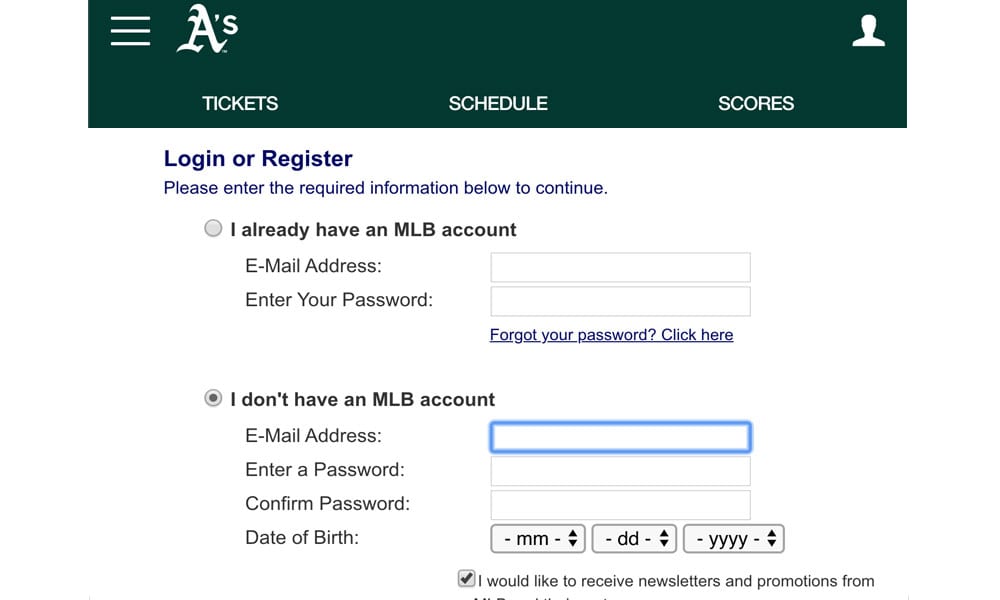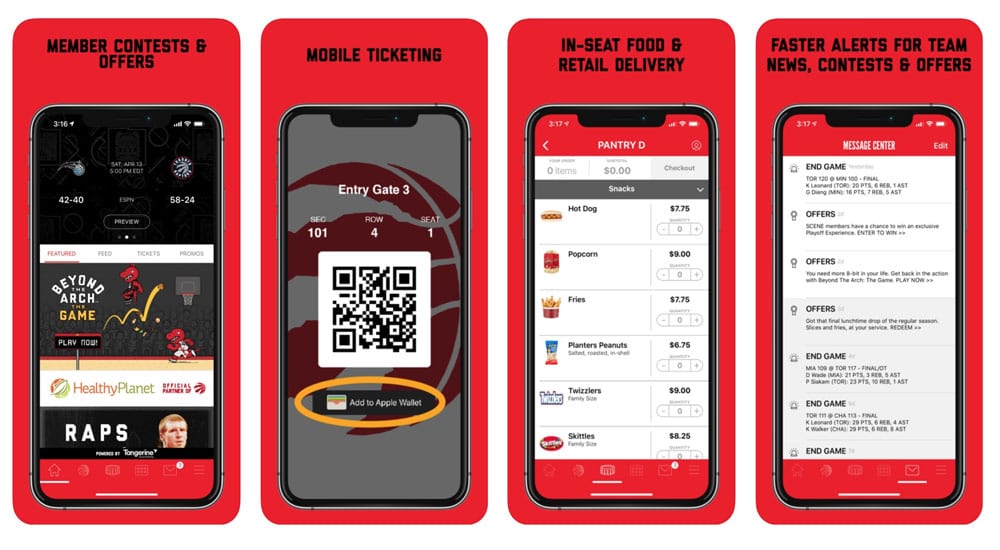Billy Beane’s pioneering focus on sabermetrics with the Oakland Athletics opened many Americans’ eyes to the power of data analysis in the world of sports. But it isn’t just on-field that this hyper-awareness to detail has had a tremendous influence. In the stands, sporting event fan data is being tracked and harnessed to great effect by some of the most innovative sports teams of today, and it is being used to improve the fan experience and increase revenue. Take Atlanta’s new $1.6 billion Mercedes-Benz Stadium. The staggering new structure is kitted out with proximity beacons and offers a glimpse into a bold new world of the arenas being built with data collection in mind.

“Point-of-sales systems, ticket check, WiFi, video, audio, internet, communications and a host of other things all need to work seamlessly for fans to have a great experience,” explains Shannon Miller, associate partner at IBM, the technology integration consultant for the Atlanta Falcons and Mercedes-Benz stadium. While this level of investment is beyond many teams, the notion of looking obsessively at fan data is something that every team should be doing.
We have highlighted 4 key data points that every sports marketer should know about her or his fanbase, and how those sporting event fan data points can elevate the fan experience and bolster your team’s bottom line.
Spending Habits
This one should be a no-brainer. It’s extremely important to know the spending habits of your fans while they are at a game. Most teams will likely already have ticket purchase data, merchandise spend and concessions metrics. But are they truly able to extract the patterns in spending habits and optimize their marketing to reach the fans where they’re at? An article in Tech Point talked about how the Indianapolis Colts uses fan data to target those more likely to purchase tickets day-of in order to fill the last available seats. “They would dive into different data sets where they have assigned points systems based on fan engagement so that they could come up with a list of fans who are way more likely to buy individual tickets than season ticket holders or lesser engaged fans,” the article explained.
Email Address
The email address is a simple yet extremely powerful data point to gather about your attendees. It’s a chance to follow up and connect with them in a personal manner, and it is still effective if you are responding to your audience’s habits and segmenting them appropriately. Do you have a group of fans that always respond to news about a particular player or always bite when you offer discounts on merch? Put them into a list and target them specifically with what they want to see. Just remember to make your email sign-up process as simple as possible: first name, last name and email address. A common mistake for a lot of marketers is to go for broke and ask fans for every single piece of information about themselves, which often leads to form abandonment. Resist that urge, get their email address and then follow up with a welcome email that invites your fans to tell you more about themselves in exchange for promotions or give-a-ways.

Motion Data
Advanced motion data via RFID and proximity beacons are being used in stadiums and live events across the country to greatly improve the fan experience and to bring in additional revenue by collecting sporting event fan data. A Business Insider article reported that the use of motion data is now widespread across all major US sports stadiums, and that “the 2014-2015 NBA-affiliated Golden State Warriors saw average transaction volume across items (including merchandise, food purchases, and seat upgrades) rise 87% from the prior season” after implementing this data. From simply triggering welcome and goodbye messages as fans come and go to heat mapping your entire venue, this powerful data is becoming the standard for monitoring the flow of your audience and for offering precision deals on concessions and merch. Also, by knowing where your fans are bottlenecking in the venue and responding to that, you’re not only improving their experience, but you’re freeing up time for them to visit the bar or merch stand and helping your bottom line.
Frequency of Visit
Wouldn’t it be useful to know how many times each fan has visited the stadium? Is she or he a die-hard fan that buys all the merch and turns out for their team regardless of the weather? Or someone that was dragged along once and will probably never come back? By simply knowing how many times your fans have come to the stadium you can offer them deals and incentives to come back. It will also give you an indication as to how likely they are to buy merchandise through the team store, hear about loyalty programs, and a variety of different touchpoints that are crucially important to the audience segmentation process.

By using initiatives like team websites, apps, fan surveys, or giveaways and competitions designed to collect data, sports teams can start to get a better read on who their fans are and what they want from a live sporting event experience. But it’s important that the audience segmentation process responds to their wants and needs, and that you continue to strive towards targeting the right fan with the right message at the right time.
Sports data has been used to evaluate athletes’ performance for decades to improve prospecting and creating better teams. Now it’s time to take the same approach with fans and start using sporting event fan data to create a better fan experience. RFID technology is leading this front, being used in all areas of an event from access control, cashless, to experiential, by enhancing the fan experience but also providing analytical insights for event organizers.


